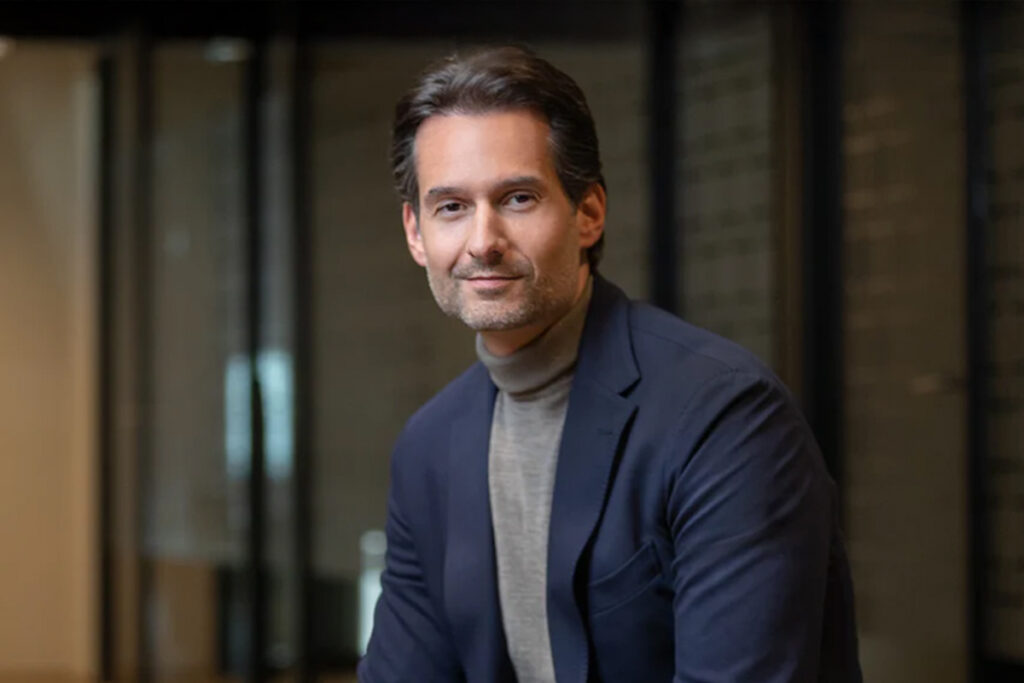Geneva College of Longevity Science President Dominik Thor on education, evidence and the adoption of longevity technologies.
The Global Longevity Summit, entitled Mastering the Aging Clock: The Science of Longevity, will convene in Geneva this October, bringing together international leaders in science, medicine and innovation under the banner Transform Your Practice and Patient Care. With education and clinical adoption at its core, the event reflects a broader shift towards embedding longevity science into mainstream healthcare practice.
Professor Dominik Thor, President of the Geneva College of Longevity Science (GCLS), will be among the keynote speakers. His focus: how cutting-edge innovation can be responsibly moved from research labs into clinical settings – and how to equip practitioners across disciplines with the knowledge and tools needed to manage the evolving science of aging.
Longevity.Technology: Innovation is an alluring concept – but longevity has learned the hard way that not all shiny new interventions stand the test of time, let alone the scrutiny of clinical validation. Thor’s approach is refreshingly pragmatic; sift through the hype, cut through the noise and focus on evidence that physicians can actually use. It’s not that he dismisses experimental science – far from it – but he recognizes the risks of premature adoption in a field where hope can easily outpace proof.
Equally striking is his insistence that education cannot be the preserve of physicians alone. Longevity is seeping into beauty, wellness and hospitality; physiotherapists, nutritionists and even hotel executives are now part of the conversation. To keep the field from fragmenting into jargon and quick fixes, Thor is expanding GCLS’s reach: executive masters, continuing medical education, even a forthcoming PhD track. The curriculum, he admits, requires constant updating – a weekly battle between novelty and robustness – but the wider goal is clear: create a lingua franca for longevity before misinformation claims the territory.
Dominik Thor on
Innovation in longevity
It’s about innovation. I think it’s tremendous that this summit is taking place in Geneva, which is not only home to GCLS but also an emerging hub for longevity. It’s especially interesting to see Informa and A4M coming here – they are the biggest leaders in medical continuous education – so having them take such a strong interest in longevity and choosing Geneva is wonderful.
For my part, I will be focusing on the innovation happening in the field – how we can take discoveries from the bench and bring them to the bedside, how we can hand doctors the right tools so they can actually help their patients address age-associated disease and improve healthspan in a practical way.
Educating a diverse field
Our students really do come from all over the world and from very different professional backgrounds. Of course, we have accomplished clinicians who want to deepen their expertise, but we also see founders of skincare companies, executives from the hospitality industry, lawyers and entrepreneurs. Bringing them together is both a challenge and a strength.
At the start, it’s important to establish a common ground. For doctors, some of the early modules might feel like repetition – material they have heard before, but with more detail. For those outside medicine, however, it’s about building a baseline, starting with the fundamentals of cell biology – what a cell is, what it does and how aging impacts it. From there, we move into the hallmarks of aging, which then become the anchor points for any further scientific or clinical focus.
Expanding GCLS offerings
Everything in this field develops at breakneck speed. Our mission is to reduce the noise and focus on what’s clinically validated or supported by strong evidence. We’ve grown from the Executive Masters to continuing medical education, specialist tracks in women’s health and advanced therapies, and soon a PhD program with a European university. We are also introducing professional courses, essentially teaching those experts that the doctors typically work with. So that is nutritionists, physiotherapists, fitness trainers and so on, to really become a place where we can welcome everyone who is interested in the field.
East meets West
China is, of course, a huge market in every sense, and what’s striking is the eagerness with which advanced therapies are being adopted there. In Europe we tend to be more conservative from a regulatory perspective, but in China, Malaysia and across parts of Southeast Asia and South America we already see widespread use of interventions like stem cell therapy – approaches that physicians here in Europe still don’t have access to.
For us as educators, that creates both opportunities and challenges. It’s why we’re holding our symposium in Guangzhou, working with Longcheng Hospital – one of the biggest hospitals in China – where we’ll actually be running an entire floor as a training center. This gives our students and doctors the chance to take fellowship positions, gain hands-on experience with new therapies and share insights with local experts.
What excites me most is the possibility of integrating perspectives – Eastern anti-aging medicine alongside Western longevity science. Even down to language, there are differences; in Asia, people often prefer the term ‘antiaging’ because it carries a more proactive ring than ‘longevity.’ These nuances matter, and by bringing both worlds together we can start to see where the future of the field might lie.
Hear more Dominik Thor on how education and evidence are driving the future of longevity medicine at the Global Longevity Summit, Geneva, 28–30 October 2025. Explore practical steps for adopting new technologies in clinical and research settings – click HERE to find out more.

